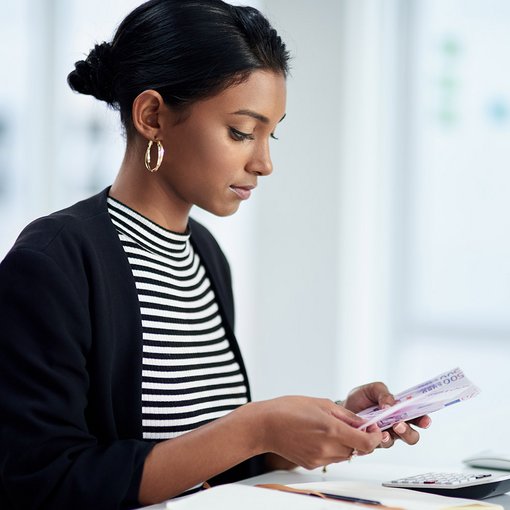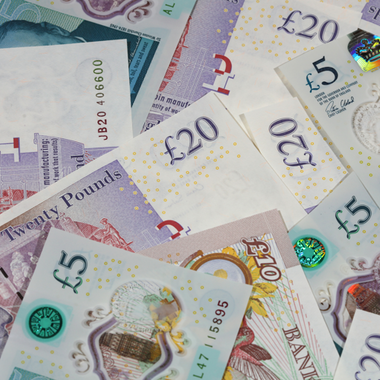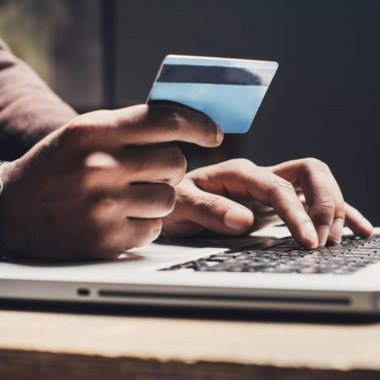
- Four minutes read
The role of cash after COVID-19
The pandemic has driven consumers away from stores and businesses for the majority of the past 15 months. When we go back to normal, will the role of cash change?
Has there been a reduction in cash usage, and is that a permanent trend?
Cash remains an important element of the payments landscape, with only a very small minority of consumers committing to going completely cashless. And while the pandemic has clearly had an impact on cash usage in the short term, the long-term picture tells a different story. Our latest Lost in Transaction report “Consumer payment trends 2021” brought interesting findings about the consumer behaviours in COVID-19 times.
Prior to the pandemic, 44% of consumers made less than 25% of their in-person payments using cash, and only 9% of consumers were completely cash free. During COVID-19 this rose to 14%, potentially due to safety concerns, access to banks, or simply that stores were choosing not to accept cash. Overall, 58% of consumers were making less than 25% of their in-person payments with cash.
However, when consumers are asked to project their cash usage once the pandemic is over, these percentages fall back into closer alignment with the pre-COVID-19 figures. 10% of consumers plan to be completely cashless following COVID-19, only a 1% increase on pre-COVID-19 figures, and 50% of consumers plan to make at least 25% of their transactions using cash in the future.
In fact, 28% of consumers said that they wouldn’t shop in stores that do not accept cash moving forward; again another indicator that COVID-19 isn’t going to have a permanent impact on readiness to use cash as a payment method in stores.
The shift to alternative payment methods
But it’s not only in stores that cash appears to have appeal for consumers. A key pattern that is emerging from our new research and the research that we conducted 12 months ago is that COVID-19 and the subsequent digital commerce boom has raised the profile of alternative payment methods including eCash. So appetite for cash is being sustained even as consumers convert to shopping online.
Overall, 86% of consumers told us that they had changed their online payment habits during COVID-19. This is a result of both making more online payments generally and because they were making transactions with merchants that they didn’t have a personal relationship with and were concerned about the security of their financial data. Being able to track their spending more accurately while increasing their volume of online payments was another popular reason consumers had changed their checkout habits.
Additionally, 38% of consumers told us that they were more aware of alternative payment methods than they were 12 months ago and 31% said that they were more likely to use them.
Will eCash be the alternative payment method of choice for some consumers?
When we asked consumers about eCash specifically, they were positive about its benefits. A third (32%) of all consumers told us that they would like to complete transactions online using cash if it was easy to do so, and a similar percentage (30%) said that they would shop online more frequently if they could pay using cash.
And overall, 8% of consumers told us that they had used eCash for the first time during COVID-19, and this was even more pronounced among younger consumers aged 18-24 (11%) and 25-35 (12%).
Despite the overall growth in trust in online payments that we saw through our research, the security and privacy of eCash solutions is still clearly a priority for many. The majority of consumers (59%) told us that they feel more comfortable purchasing online using a payment method where they don’t have to share their financial details with the merchant. Overall, 44% still do not feel comfortable entering their financial data online to make a payment.
Looking ahead
With consumers making it clear that cash still remains central to their payment plans, and alternative payments including eCash becoming even more relevant during COVID-19, the future is bright for cash. The role of cash may change as the world and commerce continues to digitise, but the pandemic has not accelerated cashless societies.
Lost in Transaction: Consumer payment trends 2021 is available to download now.




